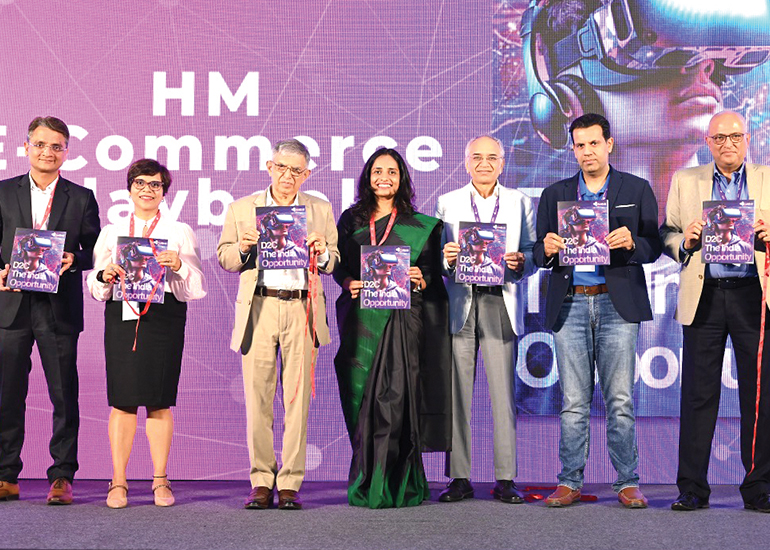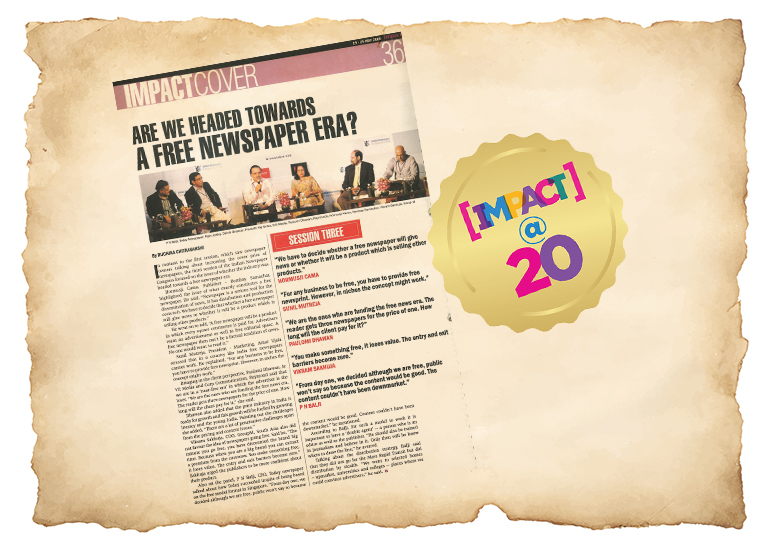 CMOs all over the world are making a beeline to buy a chatbot right away. Automated messaging services driven by chatbots are emerging as key platforms for customer communication, operations management and process analysis, among a variety of other things, all over the world. They are creating rich experiences, and are becoming smarter every day, thanks to technologies such as NLP.
CMOs all over the world are making a beeline to buy a chatbot right away. Automated messaging services driven by chatbots are emerging as key platforms for customer communication, operations management and process analysis, among a variety of other things, all over the world. They are creating rich experiences, and are becoming smarter every day, thanks to technologies such as NLP.Ubisend’s Mobile Messaging Report stated that 45.8% of global consumers preferred communicating with businesses through chat. In fact, 83% online shoppers said they were most likely to see through a transaction and complete it if they had some sort of a continuous chat-based assistance, as per an e-consultancy report.
Real-time response, complete analysis of acquired data, 24x7 accessibility and a self-learning mechanism that enriches every subsequent conversation has endeared chatbots to CMOs everywhere. However, managers are still in a ‘confused’ phase in their relationship with bots. They do not know exactly the fundamental questions to ask in order to identify which processes or divisions require the use of automated solutions and which chatbot will be best suited for a particular task. To make the task tougher, newer, bigger and better chatbot platforms and enablers enter the market every single day. Managers then struggle to choose the right service provider and chatbot that will help them to get the highest ROI.
Enlisted below are four key decision areas for CMOs to focus on while implementing a chatbot to optimize returns for their business:
BUILD OR BUY
While many CMOs like to go the DIY way of building one’s own chatbot by utilizing licensed platforms offered by chatbot providers, it can be tricky to handle in the long run. Firstly, this would require the skill set to develop, execute and maintain a chatbot-based solution to be present in-house. This would either put pressure on the existing workforce or would involve high costs of talent acquisition.
Secondly, pre-built platforms might not have a particular functionality or feature required specifically by an organization. Tying up with a third-party expert solution provider can help a business to develop a customized chatbot which takes care of the organizational needs and can be then bought from the provider or leased for a particular period of time.
COMPATIBILITY
Chatbots need to be compatible with existing enterprise business systems (CRM, ERP, HRMS, etc) so that they can easily utilize, extract and update data from the organization’s database. Also, the chatbot should be able to connect and communicate over multiple engagement touchpoints so that a user can choose any platform, be it WhatsApp, Facebook Messenger, Twitter, Alexa or a simple email or text message to interact. However, it becomes difficult for an organization to cover most messenger platforms by itself, besides monitoring the company’s website and mobile application. In such a scenario, dedicated automated customer engagement platforms with exclusive chatbot-focused resources can reduce the workload of the CMO and the organization’s team significantly.
ESTABLISH CONTROL OVER LEARNING
There are many concerns associated with self-learning AI-driven bots. For instance, Microsoft had to suffer from a lot of negative press after its AI-driven bot, Tay, picked up racist and sexist phrases from trolls during the time it was live on Twitter. Therefore, CMOs need to ensure the chatbots they employ do not possess unsupervised learning abilities but are programmed for guided learning. Pre-conditioned bots through specific conversational data training can easily comprehend severe language or industryspecific jargon, and respond accordingly, helping to avoid communication-related fiascos.
THE ANSWER WHEN YOUR BOT DOESN’T HAVE AN ANSWER
While it is great to have a machine handle thousands of queries at once and build on the increasing customer engagement, what happens when your bot fails to answer a typical customer query? It is necessary for CMOs to always be ready with a Plan B, and not consider chatbots as the Holy Grail of business communications, assuming everything will be taken care of automatically. Users are smart enough to identify when a bot is chatting with them, and an unresponsive bot would make the situation that much more obvious. Chatbots need to have an in-built ability to continue the conversation seamlessly by transferring the message to someone who can answer the query better.
For instance, at Haptik, we have incorporated an Agent Chat Interface in our bots that allows them to automatically ‘pin’ a conversation to a human agent when it is unable to provide an answer. The agent takes the conversation further and resolves the issue. Simultaneously, the bot makes a record of the response and enriches its data to ensure that the next time a user comes with the same, or similar query, it is ready to answer it correctly!























